17 km and 1350 m of elevation gain / 1160 m of elevation loss
Walker’s Haute Route Self Guided
14 days / 13 nights
|
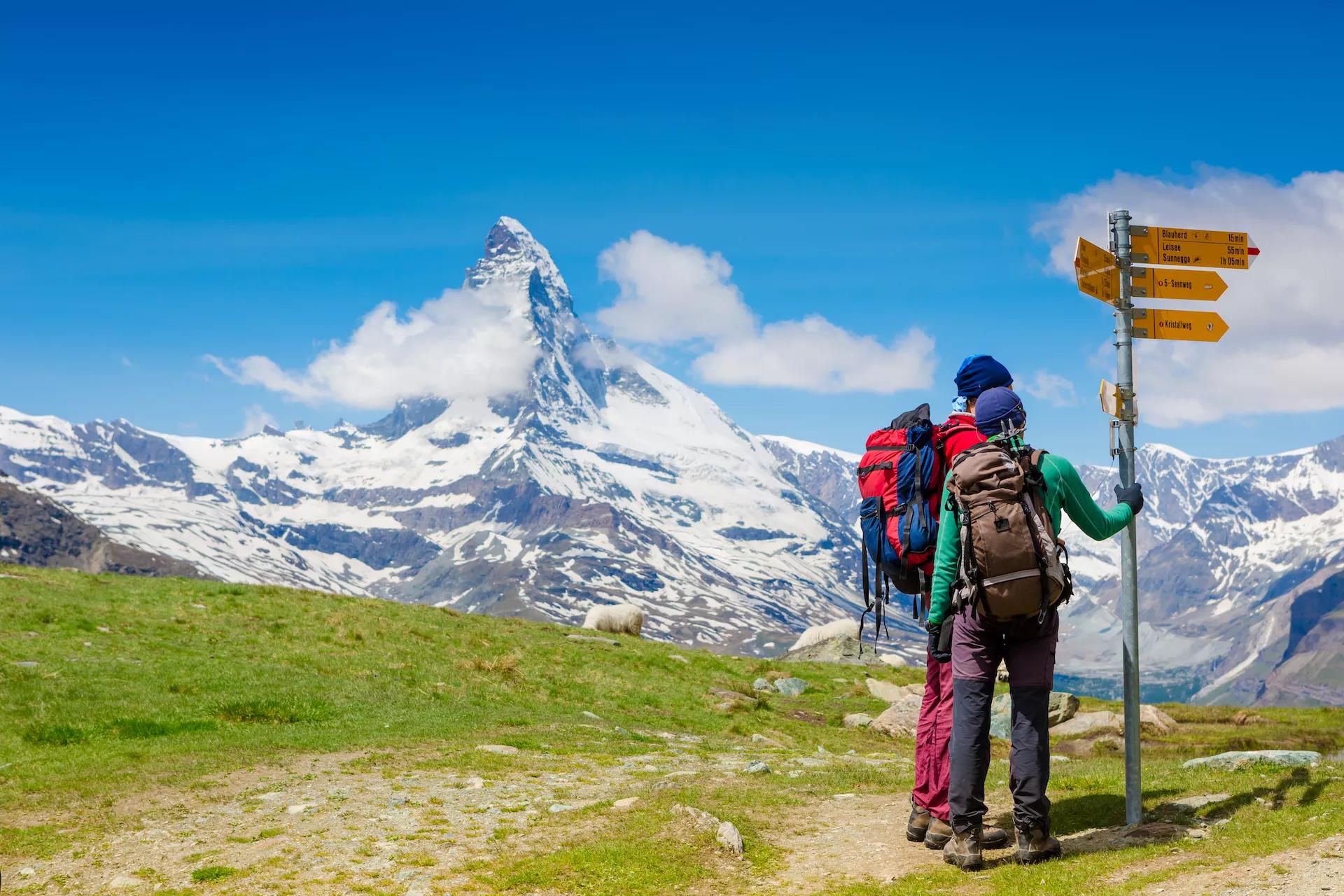











Starting point
Chamonix
Finish point
Zermatt
Season
From June to October
Technical level
4/5
Fitness level
5/5
Tour type
Hut-to-Hut
from:
2.995 €
/person
Starting point
Chamonix
Finish point
Zermatt
Season
From June to October
Technical level
4/5
Fitness level
5/5
Tour type
Hut-to-Hut
- Admire the views of both Mont Blanc and Matterhorn — the two most iconic peaks in the Alps
- Hike the Walker’s Haute Route self-guided and let us handle the logistics
- Trek through the most picturesque landscapes of Switzerland and France
- Complete the full route on this 14-day itinerary
- Sleep in mountain huts with incredible views
Itinerary of the trip
FREE ITINERARY
Get Your Travel Itinerary
Loved the itinerary? Enter your email below, and we'll send a copy straight to your inbox.
What’s included in the price?
Self-guided
NOT INCLUDED
OPTIONAL EXTRAS
What to bring to the tour
- Hiking shoes/boots
- 25 to 45-liter backpack
- Base layer
- Sports T-shirts
- Hiking shorts
- Hiking water-repellent pants
- Waterproof jacket
- Midlayer
- Sports socks and underwear
- Leisurewear for evenings
- Down jacket
- Gloves
- Shade hat/cap
- Warm headwear
- Sunscreen
- Sunglasses
- Headlamp
- Hiking poles
- ID card or passport
- Snacks
- Cash
- Water bottles or hydration pack
- Sleeping liner
- Toiletries
- Toilet paper
- Small first aid kit
The Walker’s Haute Route is probably one of the most epic hikes in the Alps. From Chamonix to Zermatt, from Mont Blanc to Matterhorn – it connects the two most important mountaineering centers in Europe and two of its most iconic mountains. You can confidently say that you’ve been to this part of the world after you experience all the diverse scenery on this long-distance route.
The Walker’s Haute Route is a challenging trek, tougher than some of its counterparts (like Tour du Mont Blanc). This makes it more rewarding, with fewer crowds on its trails. It starts in France, overlapping with the TMB, and soon enters Switzerland, where it stays until the end.
It has 14 stages that a reasonably fit hiker can complete in 14 days of about 5-7 hours of hiking, with optional detours that can extend it for an extra day (Hotel Weisshorn). Crossing many mountain passes that never quite reach 3000 m of elevation, the Haute Route trek is challenging without even considering the planning aspect.
We can help this once-in-a-lifetime adventure be as hassle-free as possible.
We take your wishes and preferences to best advise you on your perfect Walker’s Haute Route itinerary. We book all of your accommodations and other services, so you can focus on the journey. And a few weeks before setting off, we’ll send you the detailed itinerary booklet with the planned GPS route. All that’s left for you is to get to Chamonix and start walking! But if you are short on time, you can also choose to hike just half of the Walker’s Haute Route – the West or the East.
Frequently Asked Questions
Ratings & Reviews

5.0 average rating

We had a lovely hike today with our guide Klemen. He personalized the tour on our needs and interests, so that we saw places we wouldn't without his experience. The hike was a little bit slippery after the rain from the last days and it went a lot upwards, but it was totally worth it! Thanks again :)


Daja Gorišek was the travel agent from here who meticulously organised the trek all the way from Meiringen to Lenk im Simmental. She took care of all the details -- from planning the actual trek route, the detailed GPS map for each stage, to the hotels. The actual experience was entirely consistent with what was promised.


Our 3 day hike had to be rearranged 2/2 weather, so a one day hike was arranged for us. We appreciated the concern about weather and conditions. Our hike was with Matevz, who was a great guide. Very helpful and knowledgable. Would definitely recommend and will be back for a longer hike one day!
All available guidance options
Self-guided
Those who like a good adventure and limitless flexibility should go on a self-guided tour. We prepare the itinerary and book your accommodations while you enjoy the journey without our guide, being fully in charge of all the daily decisions. While you’ll have the full support of our team in case of any emergencies or concerns, a certain level of self-reliance is required.

Hassle-Free
We handle itineraries, accommodations, and anything else you prefer not to deal with, so you can enjoy a carefree hike.

Book with confidence
We are a financially protected company, fully bonded and insured, keeping your money safe and allowing you to travel with confidence.

Tried & Tested Adventures
Only the best hut to hut hikes of Switzerland, cherry-picked by our local team with an in-depth knowledge of the region.

Unbeatable support
Our 24/7 customer support is where we show our passion, bringing you a better experience by making your well-being our number one priority.
.jpg&w=256&q=75)

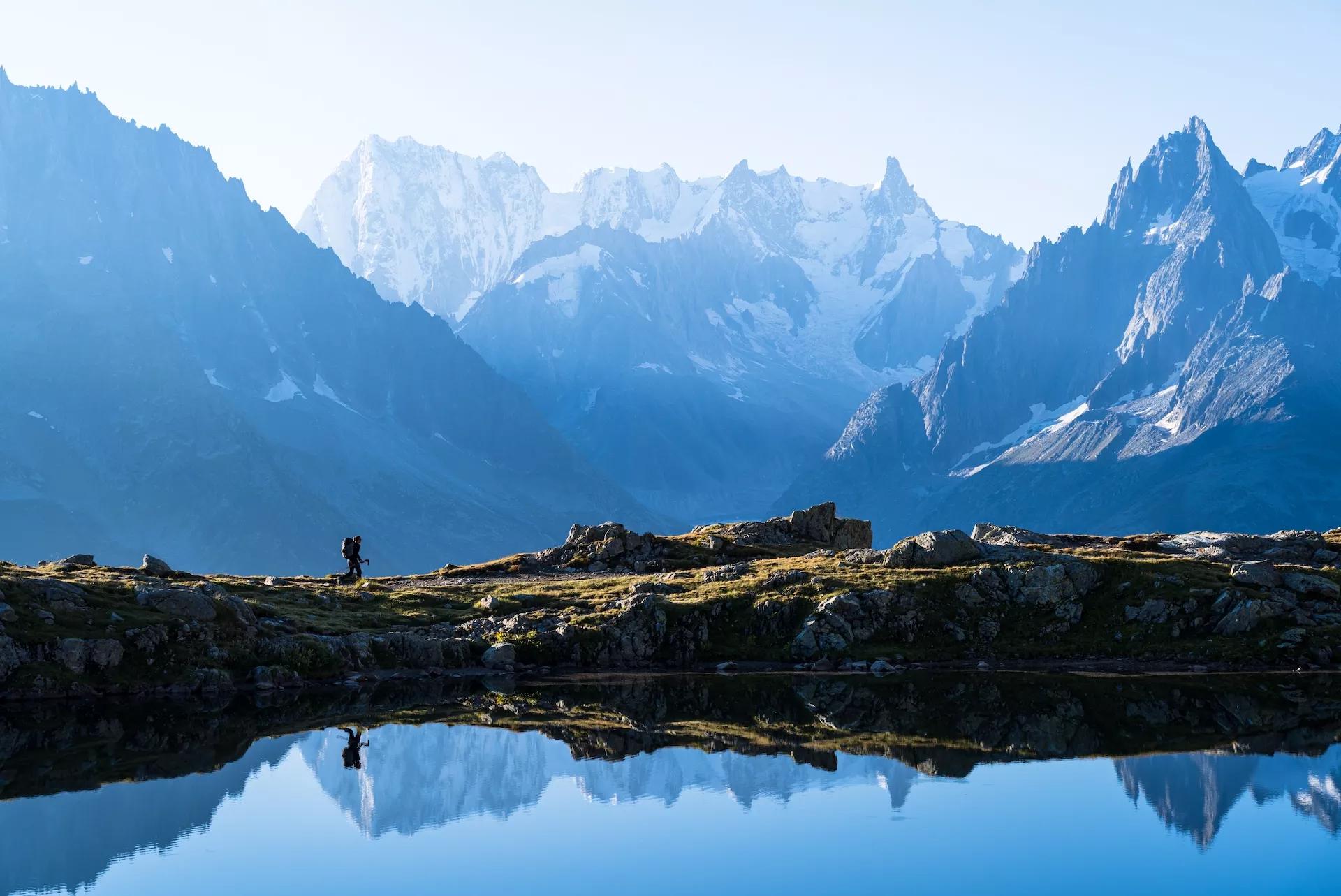


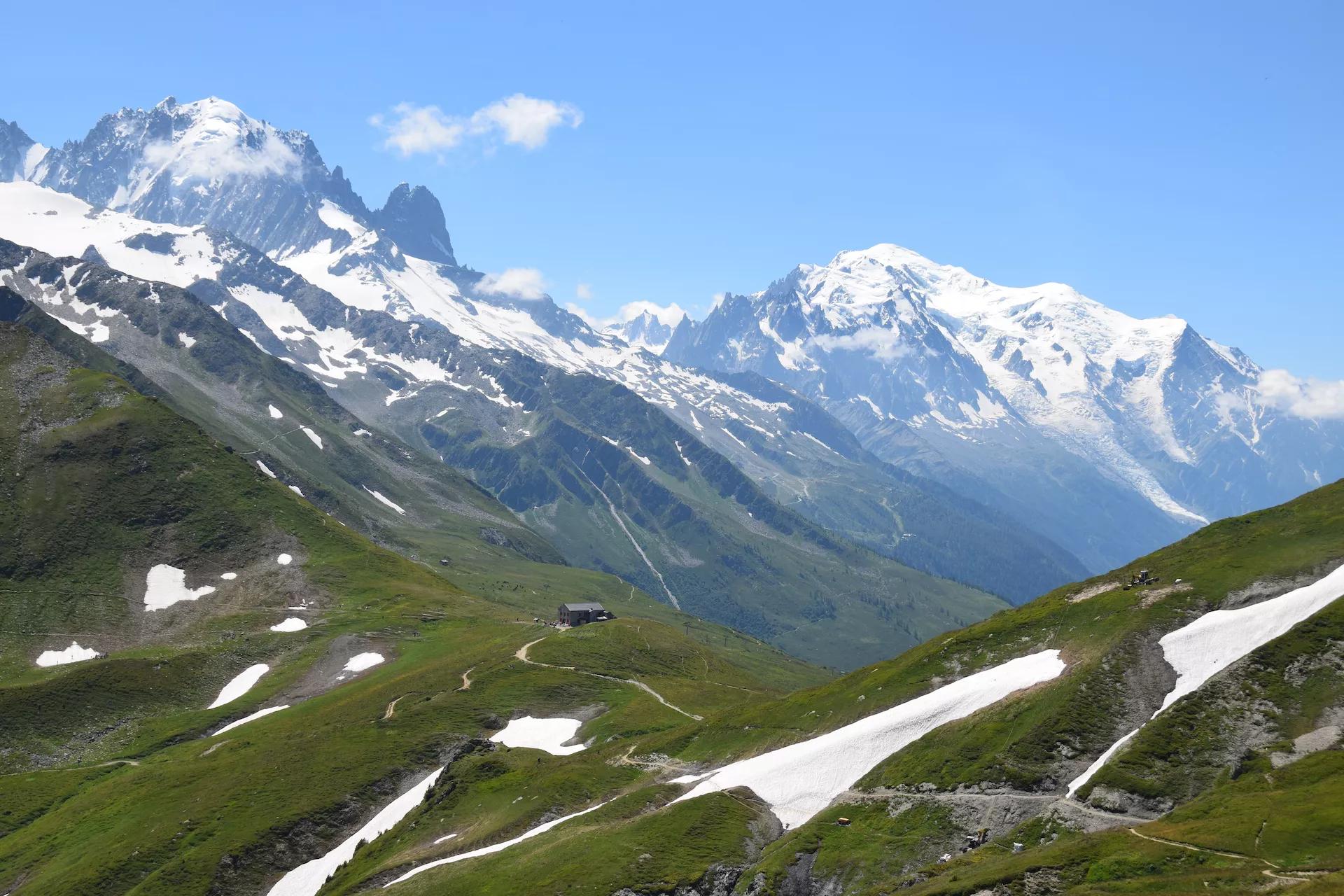




















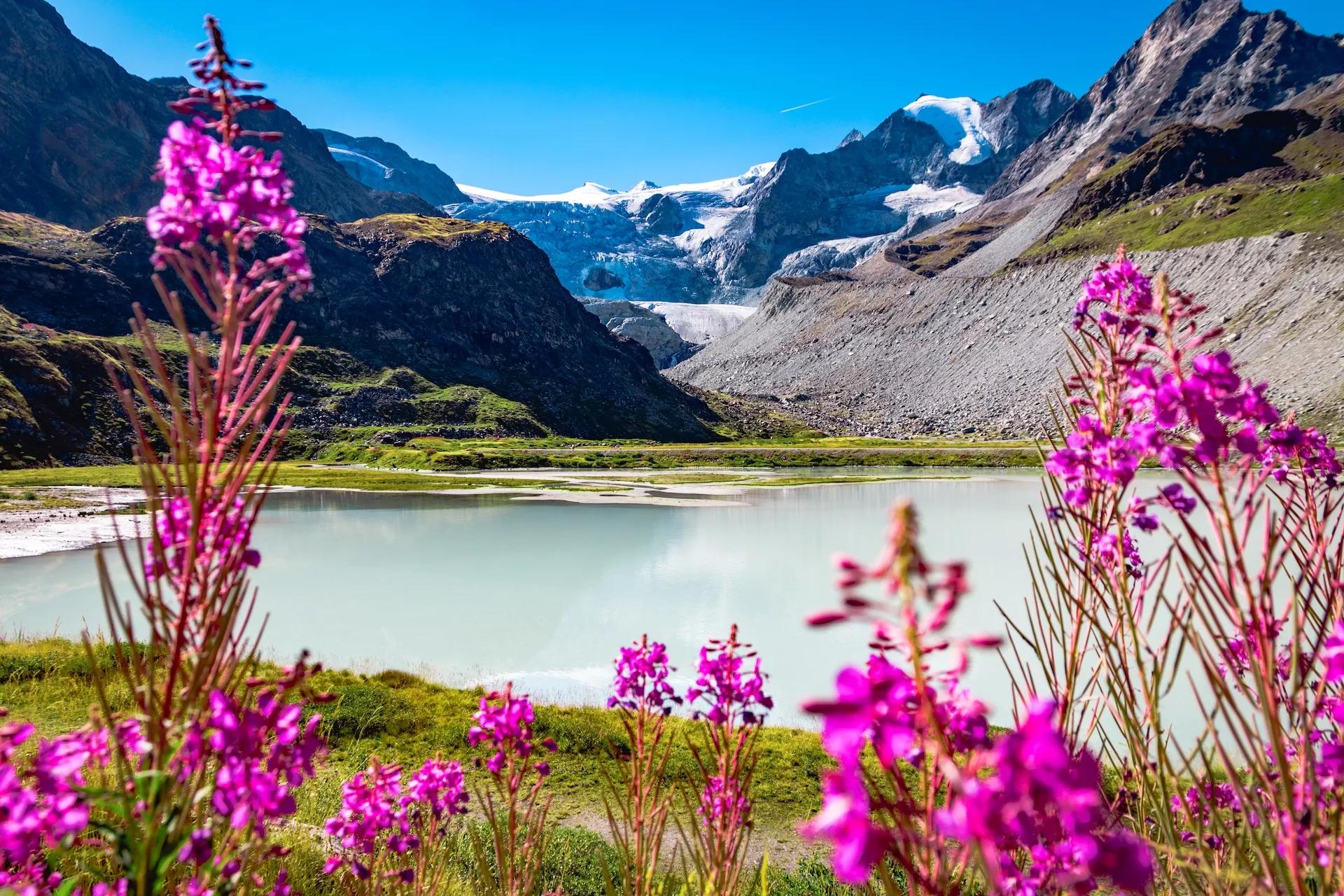



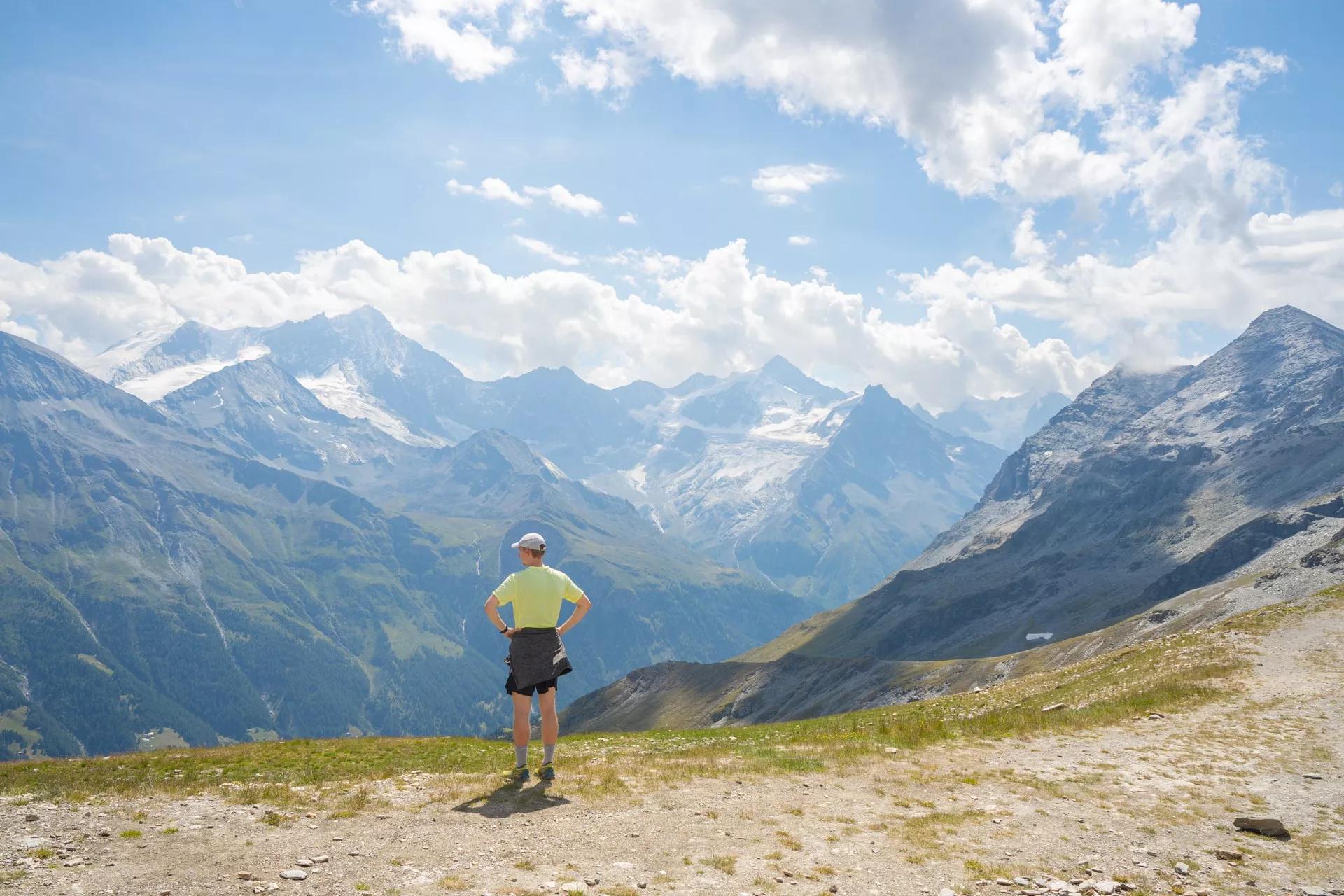



























.jpg&w=3840&q=75)